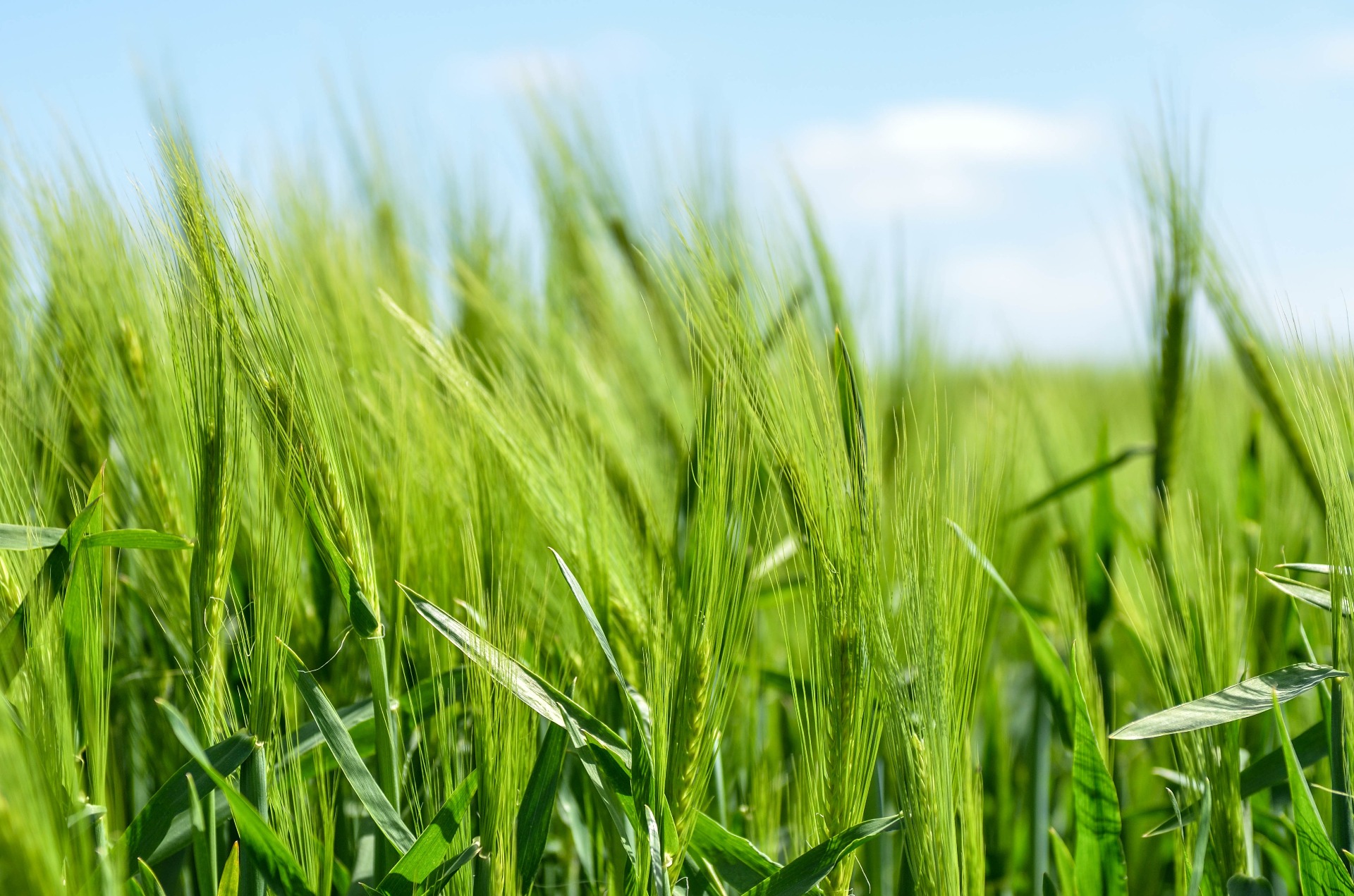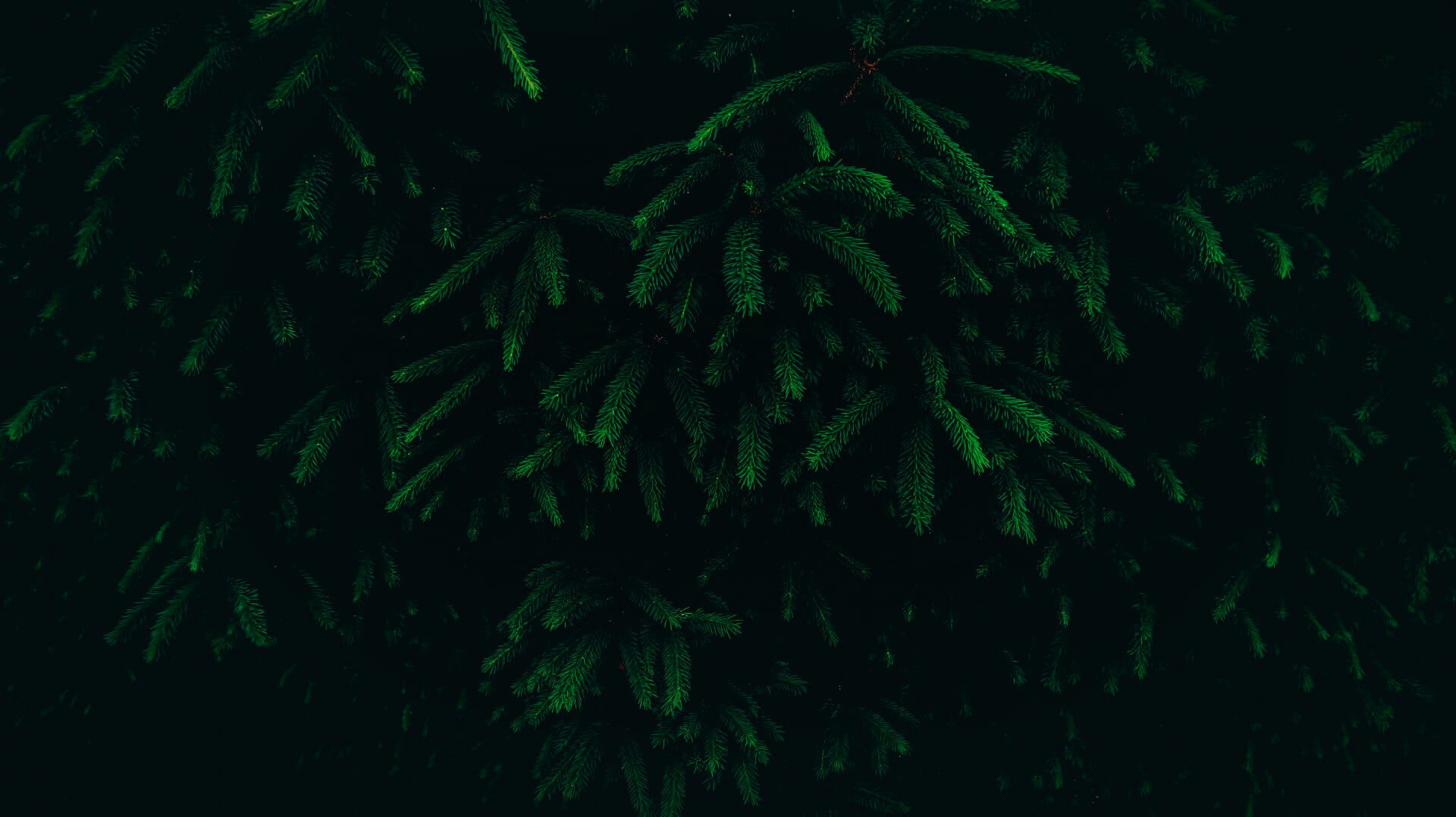Horticultural and Agricultural Lighting
Plant Growth Lights
Photosynthesis is a process, where plants convert light energy into chemical energy. The way the plants use the different wavelengths of the light differs from the human perception. Thus the light for plants needs to be measured using different metrics.

PAR is acronym for Photosynthetically Active Radiation. It is the power of the light within the wavelength range from 400 nm to 700 nm, which is the wavelength range that the plants can harness energy from. The unit for PAR is W.
PPF is Photosynthetic Photon Flux. It is the amount of PAR light photons alight source produces. The unit for PPF is micrommoles per second or μmol·s-1. This is an important measurement to look for when comparing horticultural light fixtures. PPF tells you how much light your fixture will produce that your plants can use for photosynthesis.
PPFD is Photosynthetic Photon Flux Density. It is the amount of PAR light that lands on a square meter each second. PPFD is measured in micromoles per square meter per second (μmol·m-2·s-1). In other words, PPFD is how much PPF is hitting each square meter of your crop at any given second. It is important to look at PPFD when planning your grow light installation. Adjusting your fixtures' height and density will affect the PPFD at your crop canopy.
DLI is Daily Light Integral. It is the amount of PAR that lands on a square meter surface over a 24-hour period. DLI is measured in moles of light per square meter per day (mol·m-2·d-1). You can think of this as the accumulation of PPFD over a full day. In human terms, you can think of DLI as a plant's daily caloric intake of light.
Below is collection of different action spectra for plants' photosynthesis response. Asy2 is also called as YPF Yield Photon Flux. See DIN 5031-10.

Photobiological Active Radiation, or PBAR, designates the wavelength range of light to effect plant growth, from 280 to 800 nanometers (nm). This range covers non-visible ultraviolet (UV) light, the visible / PAR light range and the non-visible infrared (IR). PAR (specified 400-700nm) was originally thought to be the only light what affects the photosynthesis. However, infrared light from 700-750nm is recently discovered to enhance photosynthesis, known as the Emerson Effect. Additionally, ultraviolet light is discovered to contribute to photosynthesis while also offering many other benefits. This makes PAR an outdated metric for the range of wavelengths that are useful for growing plants.
Other effects of light on plant growth are photomorphogenesis (phytochrome Pr, and phytochrome Pfr far red), phototropism and UV plant damage.

SSL Resource's test equipment and testing services for horticultural lighting
SSL Resource has several hw/sw solutions for measuring and analysing plant growth light parameters of horticultural lighting fixtures or installations.
With the SPEKTRI 80, Horti or SPEKTRI 80, Colorlux spectroradiometer, different plant growth light parameters can be measured in the field conditions using Android app as display unit. Example parameters are PPFD values in different wavelength ranges, Chrolophyll A/B and Phytochrome red/Far-red content, Red / Far Red ratio, Blue Green ratio.
Use SSL Resource's dedicated goniospectroradiometer solution to build your own testing lab for measuring the angular distribution of PPF intensity and total spectral distribution of your growth lighting fixtures. The PPF efficiency (umol/J) is among of the testing parameters.
GPM.PPFD sw is PPFD simulator software for simulating horticultular lighting installations without need of 3D CAD skills. Request for the software license.



